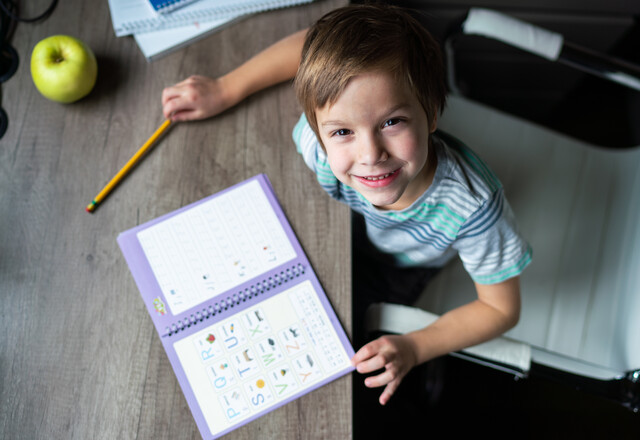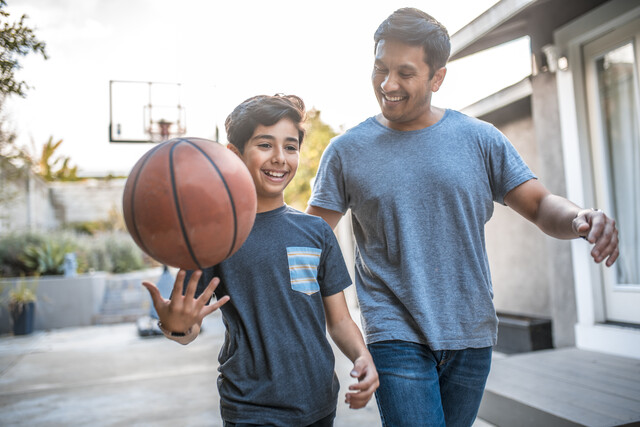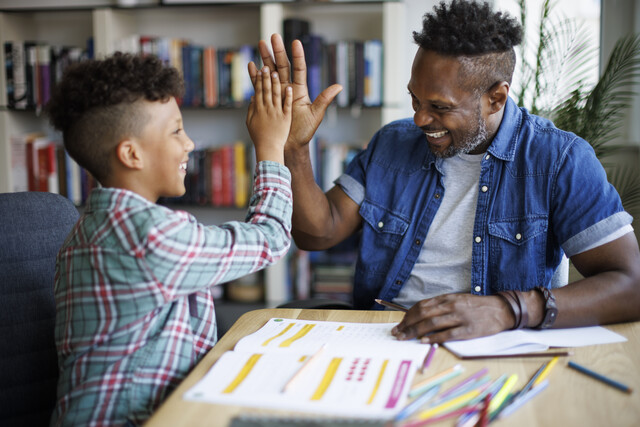From an early age, most parents work on teaching their children about being kind. Even when they are toddlers, they are reinforcing the values of sharing and being nice to others. However, somewhere along the way, usually once kids start going to school and are out of their parent's sight, some tend to abandon those principles of kindness. Bullying is an act that lacks both kindness and compassion. If we can teach elementary school aged children to have more kindness and compassion, then perhaps we can help to spread more love, understanding, and acceptance, thus reducing or eliminating bullying issues.
Did you know?
If you want to see a movie that demonstrates a lot of stereotypes, check out the 1999 popular movie titled "Boys Don't Cry." Even the title itself is based on a stereotype. The Oscar winning movie stars Hilary Swank and tackles numerous stereotypes in society.
Stereotypes are generalizations that people make about a group or individual, and then believe that is what makes up the "typical" person in that group. For example, let us say that you know one or two people who have tattoos and they do poorly in school, you may stereotype everyone who has tattoos, by assuming they all do poorly in school. Yet the truth may be the complete opposite.
There are many stereotypes that plague society, affecting both young and old. Some common ones that tend to linger throughout the years include that blond haired girls are not smart, girls are not good at doing sports, or that girls are not good at math. Such stereotypes are harmful in society, especially when it comes to bullying. A bully can easily go straight to stereotypes about someone, rather getting to them and seeing the person for who they really are.
As you likely realize, we live a world that is made up of many different kinds of people. We have different customs, beliefs, and many of us have different lifestyles. It is important for children to be taught tolerance and to respect other people's lifestyles and customs. Beyond even that, they need to be taught that everyone has weaknesses and strengths, and we should be respectful of that, rather than point those out to people.
Both parents and teachers can also play a big role in helping children to be more accepting of others that do not seem exactly like they are. Some ways to do this include the following.
- Setting a good example. Even from the youngest ages, children are perceptive to how the adults around them act toward others. If adults treat others with acceptance and kindness, children will see that and they will be influenced by it.
- Monitor what type of media influences to which children are being exposed, including those in movies, video games, books, music, and so forth. Many of these items are filled with stereotypes and intolerance, by which children will be influenced.
- Discuss stereotypes with children, so they begin to understand what they are and can identify them. Also, talk about how unfair it is that people make such generalizations.
- Try to find some opportunities for children to interact with and get to play with kids who are different than they are. Often times what we do not know we tend to fear or generalize, but if they get to know people who are not like them, they are more likely to be accepting of them.
- Help your child to feel good about things that makes them different. If there is something that stands out as different or unique, teach them to embrace it and to be proud of whom they are.
- Make a point to expose your children to other cultures. Whether it is during the holidays or any other time throughout the year, the more that they are exposed to others who are from different cultures, the more that they will understand and accept them.
- Always be willing to discuss differences openly and honestly. It is okay for children to notice the differences, but it is not okay for them to tease others about them. These discussions are good opportunities to teach kids that differences are good and help to make the world more interesting.
Teachers can find lesson plans online that help to focus on overcoming stereotypes and on teaching tolerance. Some of these focus on such issues as stereotypes in advertising, sexism, nonviolence, and so forth.
Both empathy and compassion will help lead people to kindness. They both work together, but not everyone who has empathy also has compassion. When you can teach children to have both, you will have a winning combination that will help bring an end to bullying.
Empathy is defined as being aware of and sensitive to another's feelings. Although someone may not know what it is like to do something that someone else is doing, there is a good chance that they understand the emotion that the person is going through. For example, let us say a child has lost their favorite stuffed animal. Maybe we have never lost a stuffed animal, so while we do not know what that feels like, we do know what it feels like to lose something that you care about. We can empathize with the child, because we are aware of and sensitive to what they are going through.
Compassion takes empathy to the next step. While one understands another's feelings with empathy, the person with compassion wants to do something to help alleviate their suffering. When people feel compassion they are compelled to help end suffering and to help people to feel better.
Both empathy and compassion are great tools when it comes to bullying. If children have empathy they will know what it is like to feel teased or bullied, and if they have compassion they will want to help end it.
- Setting a good example.
- Having open and honest discussions about how they and others feel.
- Discussing what empathy and compassion are.
- Talking about how others may feel when watching movies or reading books.
- Getting them volunteer work, such as at a food pantry.
Another effective way to teach children tolerance is to teach them to find what it is that they have in common with others, even if they seem very different on the outside. They all have the same basic needs and all children share the desire to be able to have fun, be accepted, and so on. While people may start out looking different, there is actually a lot they have in common when you take the time to peel away the layers.
Coming up next, we will delve into the idea of standing up to a bully.
Standing Up to a Bully
Teaching children to stand up to the bully is effective because in a sense it is showing the bully that the child is not weaker. The bully does not usually expect that the other child will stand up for itself. They usually assume they will get to do their bullying, without any recourse or anything coming back at them for it. However, when the child stands up for itself they are disarmed, because they see that no longer is it going to be a one sided arrangement. This is usually all it takes to help get a bully no longer to be interested and before you know it, they will most likely move on to someone else.
Did you know?
While we tend to think of bullying as being something that only happens to children, it does happen to adults as well. Research shows that roughly half of all adults feel as though they have been bullied in the workplace, or that they have witnessed bullying taking place. So the skills we teach children in addressing bullying can be used later on in their adulthood, when they may encounter workplace bullies. Workplace bullying has been described as including such incidents as screaming, tantrums, public humiliation, verbal abuse, sabotage, insults, interruptions, and even pitting workers against each other.
Tips for Teaching
Here are some tips that can be used to teach children to stand up to a bully.
- Talk to kids about why it is important to stand up to a bully, even if it means that they need to face their fear of doing so.
- Role play with the child different ways that they can respond to a bully, so that they know how to respond when it happens.
- Have your child focus on what they like about themselves, so that they feel good about whom they are, despite what negativity a bully may say to them.
- Children need to understand that when standing up to a bully they need to look the person in the eye and clearly state what it is that they want (for example, stop doing that, leave me alone, and so forth).
- There is safety and power in numbers, so if your child has the ability to do so, have one or more friend with them when they stand up to the bully. Research has shown that positive peer pressure, having a group of people telling the bully that they need to stop, is an effective way to help end the problem.
- Take a deep breath and slowly exhale.
- Stand up tall and keep your head up.
- Relax arms at the sides. Avoid gestures or pointing the finger.
- Try to keep your facial expression to a relaxed position, rather than angry one.
- Maintain eye contact.
- Speak calmly and loudly enough for the person to hear what is being said.
- Use a tone that sounds confident of what is being said.
- Do not make any threats or call any names.
- Keep the reply brief, direct, and to the point.
- Have the response be about what is going on right then, not something from the past.


























